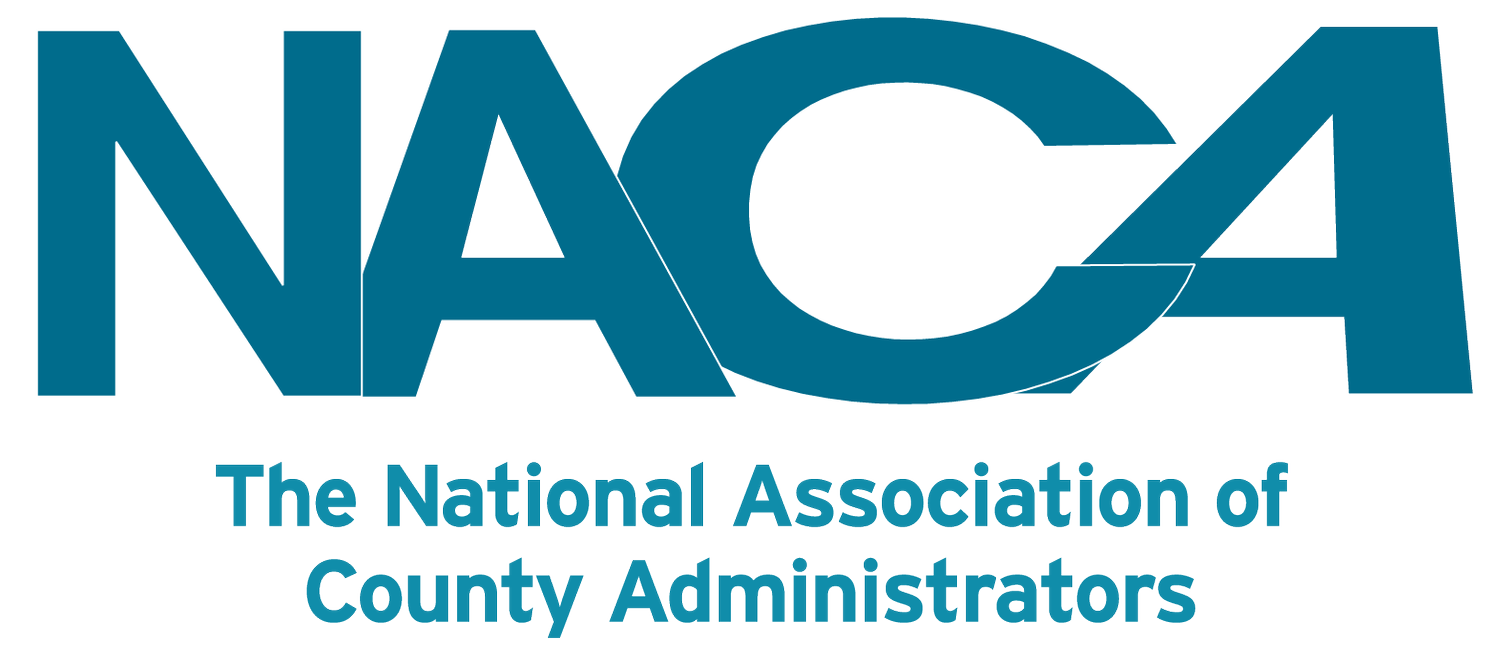A Guide to Modern Grants Management for County Administrators
County governments have long been the workhorses of local service delivery, managing everything from public safety and infrastructure to health and human services—much of it funded through a complex web of federal and state grants. For decades, counties have resourcefully managed an increasingly fragmented grants landscape, built expertise and developed solutions that can now be leveraged for greater efficiency and coordination.
With the Department of Government Efficiency (DOGE) inspiring similar initiatives at state and local levels, the push for cost savings and increased accountability has reached every level of government. County budgets are tightening, federal funding streams are becoming more volatile, and residents expect more efficient service delivery.
Counties and the Grants Management Challenge
While some county grants management capabilities vary widely – from sophisticated systems to highly manual processes and systems – county administrators are uniquely positioned to lead transformation for their federal funding assistance enterprise.
Here are ten steps county administrators can take to promote cost savings, build capacity, improve accountability, and make funding more accessible:
1. Implement Standardized Application and Reporting Templates
Develop standard templates for applications, budgets, and reports across all departments, reducing administrative burden and review times.
2. Develop Centralized Grants Management System
Invest in an integrated grants management system that handles the entire grant lifecycle—from opportunity identification to post-award closeout. Consider regional consortiums with other counties to share costs. Centralization cuts IT expenses, ensures consistent oversight, and improves data quality across all county grants.
3. Offer Pre-Application Technical Assistance
Coordinate with departments to provide unified outreach, webinars, and workshops for potential applicants—especially nonprofits and small municipalities within your jurisdiction.
4. Conduct Risk-Based Monitoring
Implement county-wide risk assessments to tailor monitoring efforts: more rigorous oversight for high-risk grantees and lighter touch for low-risk ones. Coordinate monitoring visits to avoid duplicative site visits to the same organizations, which focuses resources where they're needed most and reduces burden on community partners.
5. Create Capacity Building Training
Launch training programs for subrecipients and county staff on budgeting, compliance, and performance measurement. Partner with neighboring counties and state agencies to share costs and strengthen local capacity.
6. Use Shared Services and Regional Collaboration
Encourage small municipalities and nonprofits to share grant administration services like fiscal agents or compliance specialists. Consider county-sponsored shared services models and joint procurement with other counties.
8. Publish a Countywide Calendar of Funding Opportunities
Create a single, accessible online hub for all grant opportunities—federal, state, foundation, and county funding. Coordinate with state agencies and neighboring counties for comprehensive coverage.
9. Streamline Drawdown and Reimbursement Processes
Collaborate to simplify payment requests and ensure prompt processing of funds. Electronic reimbursement systems with automated approvals can save time and reduce administrative costs for the county and it’s subrecipients.
10. Conduct Regular Feedback Loops
Survey subrecipients annually to identify pain points in county grant processes. Share findings with partners to identify systemic issues, refine policies, forms, and guidance documents based on feedback to foster continuous improvement around grants management.
The Takeaway
County administrators sit at a unique vantage point – close enough to residents to understand community needs and equipped to navigate complex federal and state requirements. By modernizing grants management practices, county administrators can ensure every dollar makes a real difference while building administrative capacity needed to thrive in an era of fiscal uncertainty. Counties that invest in these modernization efforts today will be better positioned to compete for funding, serve their residents effectively, and adapt to whatever changes come next in the federal-state-local partnership.
About the Author: Matt Hanson
Matthew brings more than 25 years of progressive experience in government program/grant management, finance, and agency operations at the federal, state, and local levels. He is an industry thought leader focusing on the benefits of centralized approaches to grants management and the use of technology as resource multipliers. Leveraging his experience from the U.S. Department of Justice along with the State of Arizona, Matt has seen first-hand the efficiencies created through centralizing grants management services. As a result of his experiences during the American Recovery and Reinvestment Act of 2009, Matt led the establishment of one of the nation's first statewide grants management offices, along with the deployment of a statewide enterprise grants management solution. You can contact Matthew at mhanson@wittobriens.com.
Strong, sustainable, and resilient communities aren’t built by a single person, program, or agency. They require the careful integration of multiple initiatives, from community engagement and constituent-focused programs to housing and infrastructure planning, emergency management, fiscal policy, and economic development. Over the past two decades, we’ve grown from a specialization in disaster management, to support a full range of community and federally-funded resilience-building programs.
Click here to learn more about Ambipar | Witt O’Brien’s Government Consulting.


